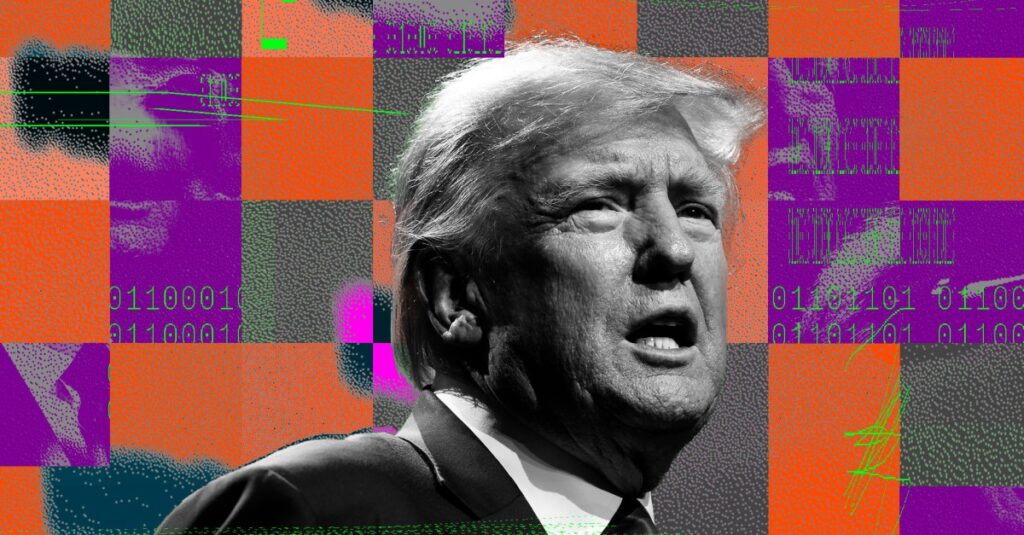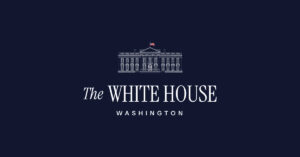
AT&T has refuted claims that its network was responsible for a technical glitch during a conference call involving former President Donald Trump. The incident, which Trump described as a failure of AT&T’s equipment, has drawn attention to the reliability of communication platforms in high-profile events.
The issue arose during a “major conference call with faith leaders from all over the country,” according to Trump’s post on Truth Social. He stated that the call included “tens of thousands of people on the line” and expressed frustration, saying, “this is the second time it’s happened.” Trump suggested that intervention by “the Boss of AT&T, whoever that may be” could resolve the issue.
AT&T’s Response and Initial Analysis
In response to the incident, AT&T reached out to the White House to “quickly understand and assess the situation,” as stated in a communication with White House Press Secretary Karoline Leavitt on X. By 6:53 PM ET, AT&T announced that their “initial analysis indicates the disruption was caused by an issue with the conference call platform, not our network.”
The company emphasized that the delay was unfortunate and assured that they are “working diligently to better understand the issue so we can prevent disruptions in the future.” However, AT&T did not specify which conference call platform was involved and did not immediately respond to inquiries for further details.
Background and Broader Implications
This incident is not the first time technical difficulties have plagued high-profile conference calls. The complexity and scale of such calls often involve multiple layers of technology, including third-party platforms that manage the logistics of connecting thousands of participants simultaneously. These platforms can sometimes be the source of technical issues, rather than the networks themselves.
According to industry experts, the reliability of conference call platforms has become increasingly critical, especially in the context of remote communication becoming more prevalent during the COVID-19 pandemic. The shift has placed unprecedented demand on both network providers and platform developers to ensure seamless connectivity.
“The challenge lies in the integration of various technologies,” said Dr. Linda Harmon, a telecommunications expert. “While networks like AT&T provide the backbone, the platforms that manage the calls are equally crucial.”
Historical Parallels and Future Considerations
The situation echoes past incidents where network providers and platform operators have been at odds over the source of technical failures. In 2018, a similar issue occurred during a conference call involving several Fortune 500 companies, leading to a public dispute over accountability.
As technology continues to evolve, the need for robust and reliable communication solutions is more pressing than ever. Companies are investing in advanced infrastructure and partnerships with platform providers to mitigate such risks. The incident with Trump’s call highlights the ongoing challenges and the importance of transparency and collaboration between all parties involved.
Next Steps and Potential Rescheduling
Following the disruption, Trump indicated that the call might be rescheduled and suggested using a different carrier in the future. This move underscores the potential impact of such technical issues on the choice of service providers for high-profile clients.
As AT&T continues its investigation into the incident, the focus remains on identifying the root cause and implementing measures to prevent future occurrences. The company’s commitment to resolving the issue reflects the broader industry trend towards enhancing the reliability and efficiency of communication technologies.
The outcome of this investigation and any subsequent changes in platform or provider by Trump and similar high-profile users will be closely watched by industry analysts and stakeholders.





